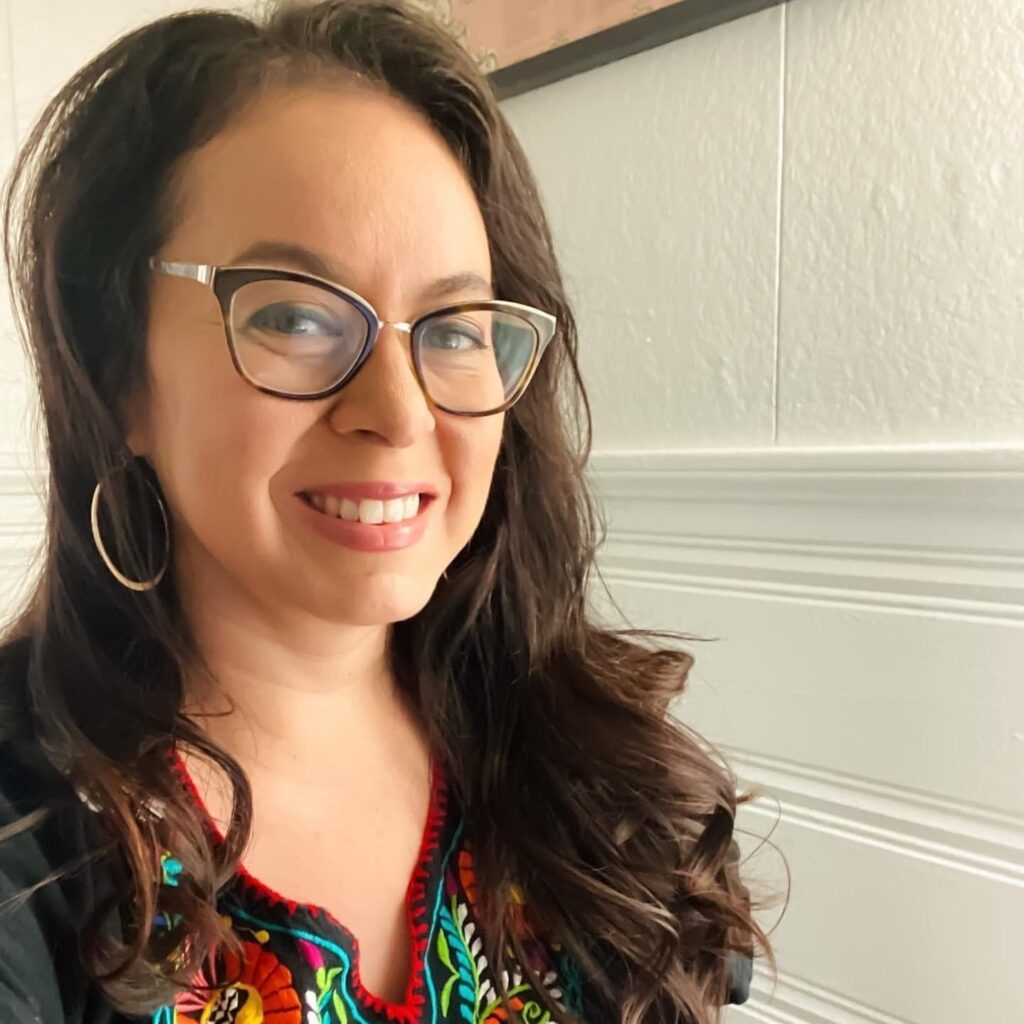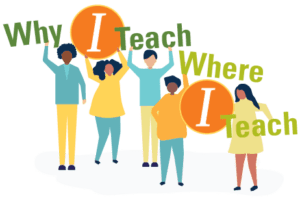Why I Teach Where I Teach: To Continue the Latino Legacy
“Do you want to watch history? Or do you want to make history?” This is a question that the former leader of the 1968 Azusa High School walkouts, Victor Gonzalez,…

This is a question that the former leader of the 1968 Azusa High School walkouts, Victor Gonzalez, has asked my students over the last three years. As a high school teacher, I see how students are more than capable of making history-making positive changes in their lives, families, schools, communities and society. All of that is possible on a larger scale if schools give them the tools and create spaces of empowerment. One of the most powerful tools we can give students is the knowledge they can reclaim and retell t heir own as well as their community’s stories. In order to do that, we must teach them the history that has been denied to Latino communities for so long. This is the same history that helps them understand current events that impact our lives. This is why we need Ethnic Studies.
heir own as well as their community’s stories. In order to do that, we must teach them the history that has been denied to Latino communities for so long. This is the same history that helps them understand current events that impact our lives. This is why we need Ethnic Studies.
Every weekday, I teach Chicano/Latino Studies in Azusa, California, at all three high schools in the Azusa Unified School District: Sierra Continuation, Azusa, and Gladstone High Schools. The class was implemented with support from community members including parents and students as well as the school board, and administration. Many people saw the need to have a class that addressed the lived experiences of the students that we serve. It also came about shortly after the removal of Mexican American Studies in the Tucson Unified School District which was banned by the state of Arizona, and in 2017, a federal court ruled that the state of Arizona had banned the class with racial animus against Mexican Americans. I came to the Azusa Unified School District after the first teacher had left and there was a concern that if they didn’t get another teacher as soon as possible that the classes would be removed. I quickly learned there was good reason to be concerned: I experienced hostile remarks about the class from the first day I taught and soon found numerous other barriers that sought to prevent students from enrolling in the course.
Although the first few months teaching high school were overwhelming, with each passing day, I was more convinced that teaching this class was exactly what I was supposed to be doing with my life. I was teaching students who reminded me of myself and my friends. I was in a community that reminded me of where I grew up in the Inland Empire. I am also teaching in schools that are serving a 92% population of Chicano/Latino students.
As a teacher, I often reflect on my formative experiences as a K-12 student. What stuck with me were lessons from my parents, who were both born and raised in East Los Angeles. I often think back to my father’s stories where he would talk about the Chicano Movement/Walkouts and how the Chicano Moratorium specifically impacted his life. Another event that would change the course of my path was the passage of California’s anti-immigrant initiative Proposition 187 in 1994. I remember being a young girl seeing and hearing the attacks on Mexicans and immigrants in the media. At the time, I was a middle school student who had walked out against Prop 187. Two years later, I was a freshman sitting in the first Chicano Studies class at Rubidoux High School due to student and community pressure following Prop 187. The summer before my junior year, I attended the Chicano/Latino Youth Leadership Project Conference in Sacramento, and the seeds for what I do now were planted. Those seeds continued to grow after joining groups like M.E.Ch.A and taking Ethnic Studies courses in community college.
All of these experiences and more have led me to today. Being a teacher meant that post-Ph.D., I had to go back to college, and in July 2019, I finished a single subject social studies teaching credential so I could continue to teach in Azusa. I know as I walk on this road, I, like my students, stand with those who have fought before us, especially those who struggled to open the doors of educational access and opportunity for Latino students. It is my responsibility as a Xicana teacher to open doors for those who come next. That is why I wrote a poem for my students after my first year of teaching. We must remember that people have been fighting for us to learn about ourselves and how Azusa is also a part of that larger struggle for educational equity and social justice.
During this pandemic and while teaching in a distant learning format, it is important to continue to recognize the contributions and histories of the Latino community as our communities are disproportionately impacted by the pandemic. I am aware that many members of our community can not work from home and that my students as well as their parents have been affected whether it is from losing employment or needing to continue to work as essential workers. It is that much more important that my students learn about this history and how it impacts the Latino community today. Furthermore, this pandemic has made many see why Latino students continue to need the information, resources, and support that are necessary to pursue a higher education. I can see now how my students are making history because they are the continuation of a long legacy of struggle for classes like the one I teach. The proof is found in how these young people sit eagerly in our classrooms, be it in person or online, and the fact that every day they come to us to learn is a day we must celebrate, honor, and respect their presence.
Irene Sanchez, Ph.D. is a teacher, poet, and writer. She teaches Chicano/Latino Studies in Azusa, CA. She was selected to serve on the 2019-2020 Teacher Advisory Council for the National Humanities Center. Her commentary/writing has appeared on CNN, Public Radio International, Huff Post, Inside Higher Ed, and more. For more information, see irenesanchezphd.com